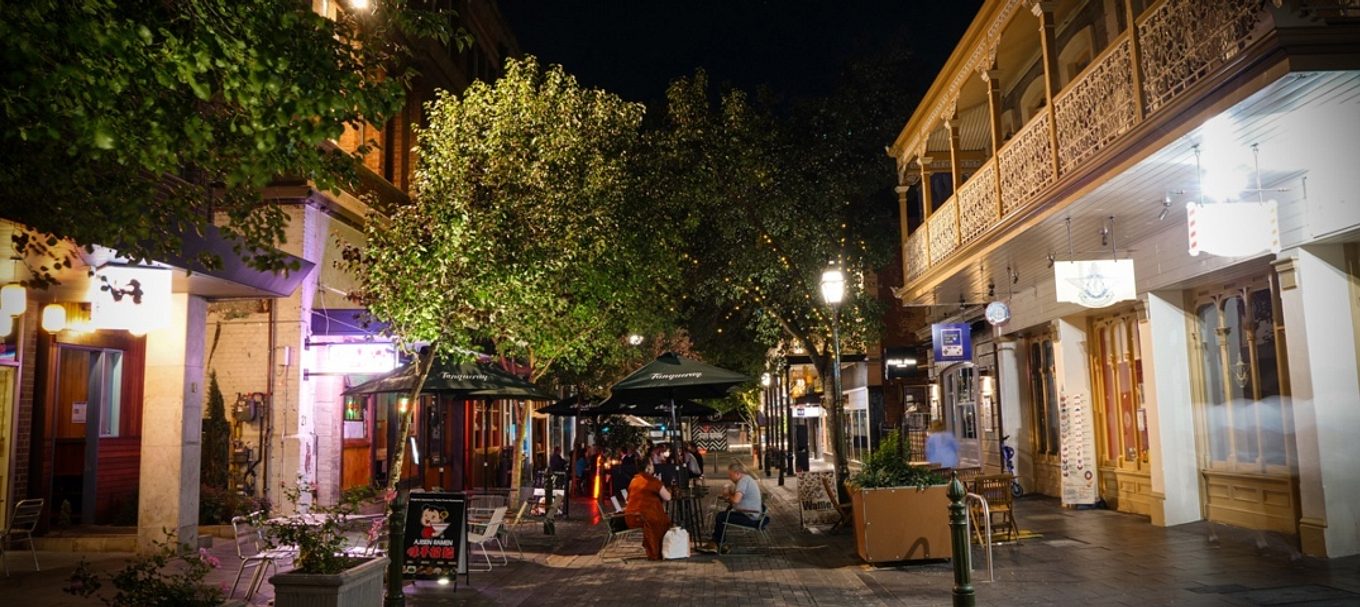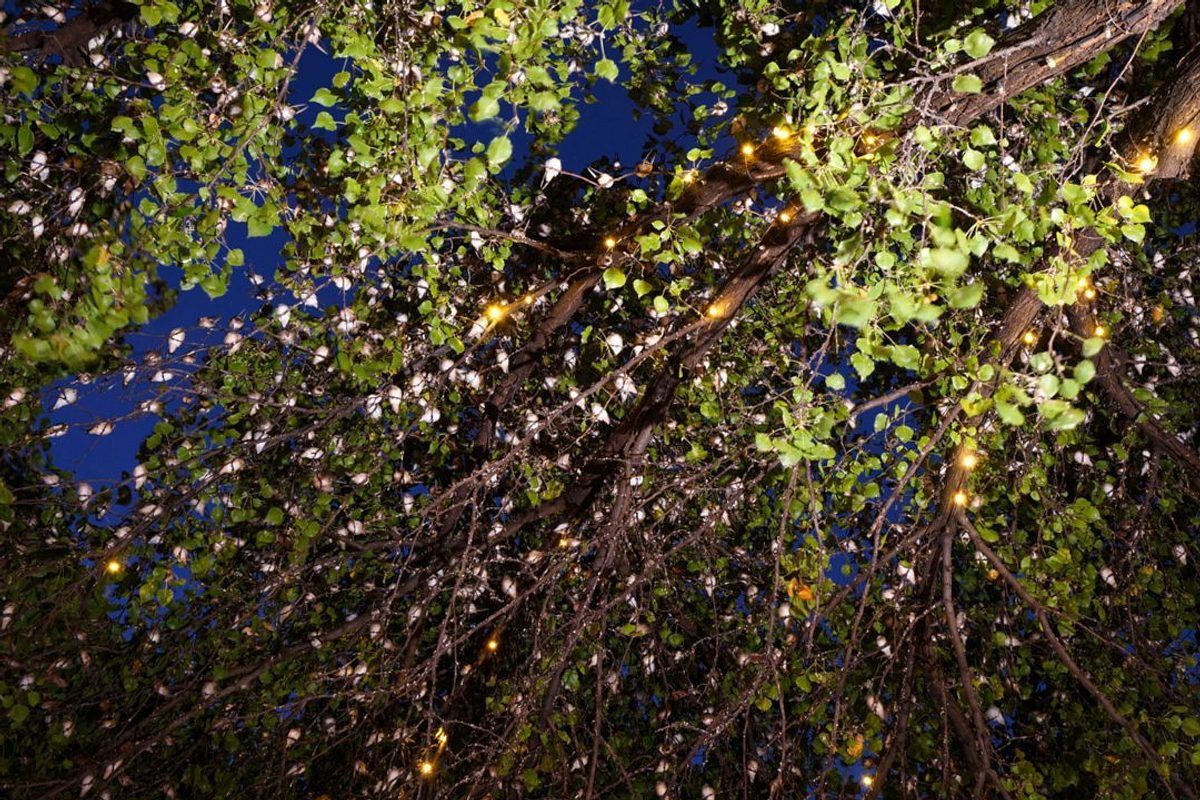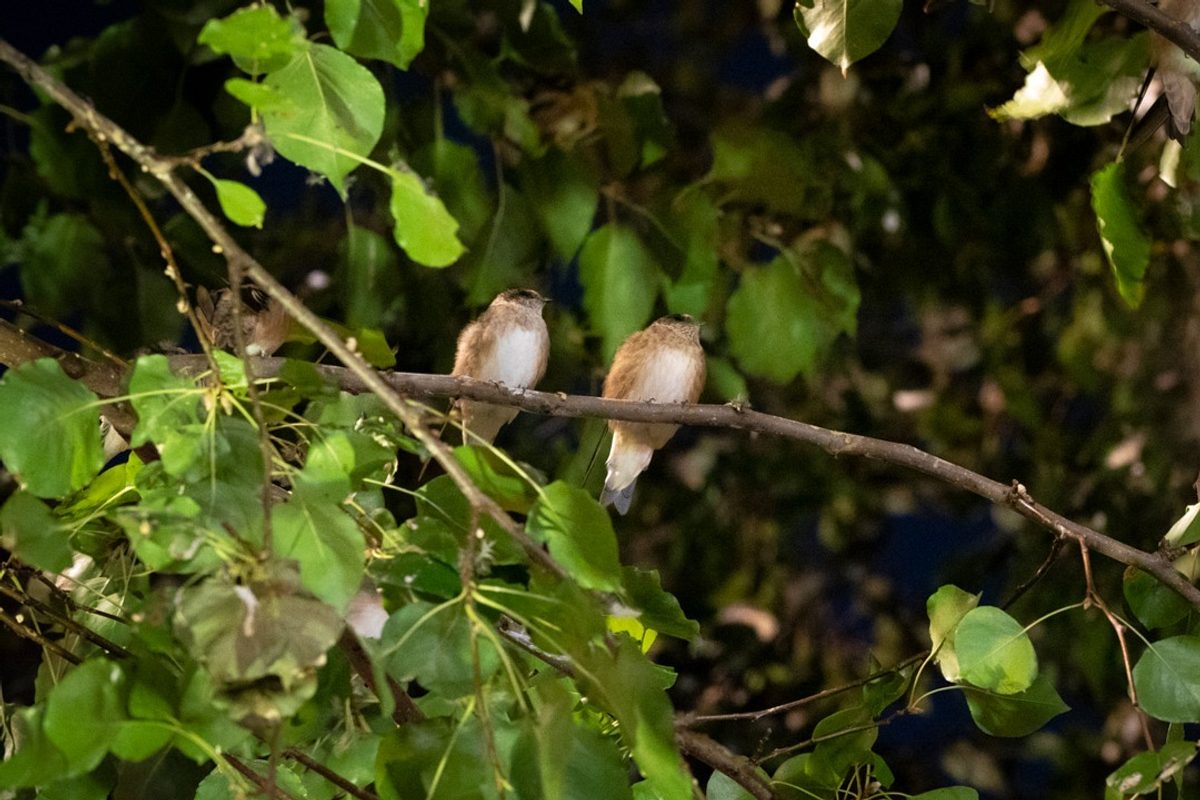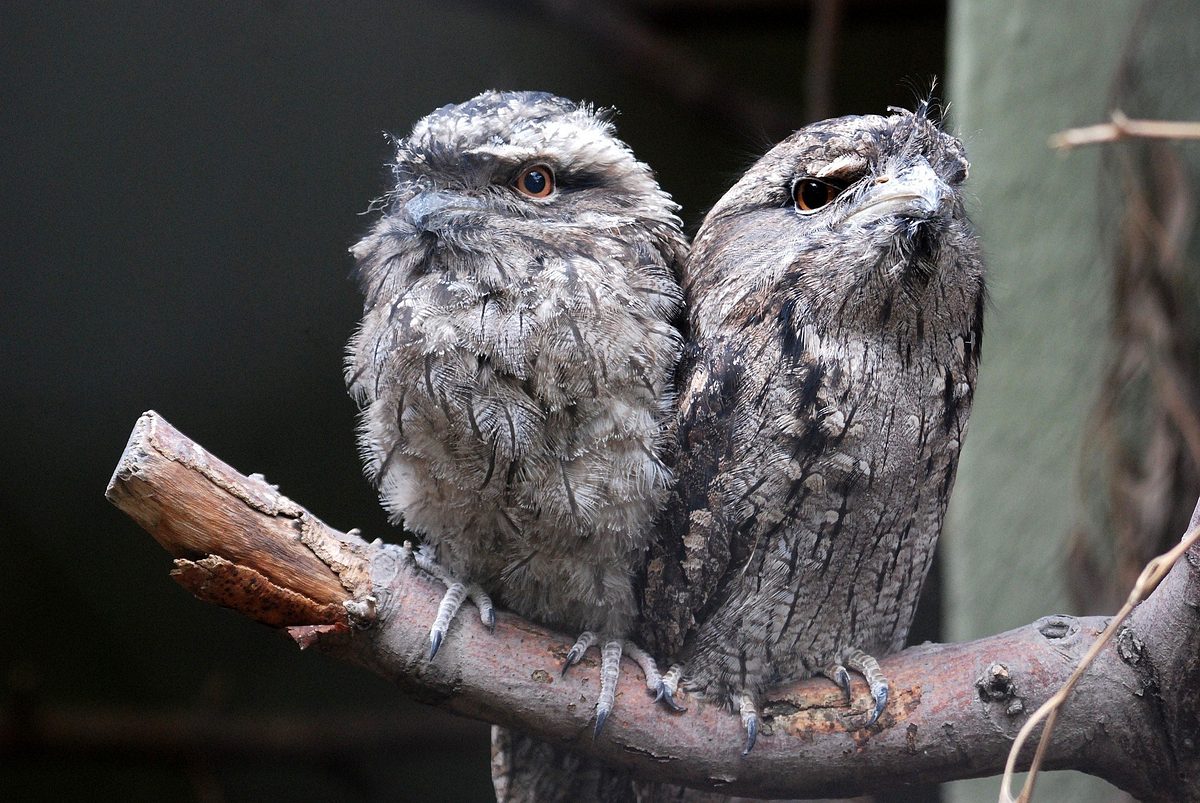
Everything you need to know about the birds that flock to Leigh Street in Adelaide’s CBD
Every evening between January and May, as many as 10,000 birds descend around Leigh Street in Adelaide’s CBD to bed down in the street trees for the night.
It’s a strategic arrival and quite an incredible sight – one that our friends at Green Adelaide have taken the time to investigate.
Read on to learn what they found out.
About the city-dwelling flock
Just before dark, a swirling flock gathers overhead on Leigh Street before plummeting down in a coordinated rush.
The birds initially stay high to avoid peregrine falcons looking for dinner, then they dart down fast to get through the danger zone as quickly as possible, working on the theory of safety in numbers.
The native birds are tree martins (Petrochelidon nigricans), which are widespread across large parts of South Australia. They’re not mini-bats like some may suspect in the fading twilight.
The Leigh Street trees are Callery pears (Pyrus calleryana), which have been planted as street trees across much of Adelaide.

But why are these exotic trees – complete with their fairy lights – in a busy city street, attracting these birds in big numbers?
It’s likely to be that the birds have worked out that trees in the city are safe havens, because the noise, light and people help deter predators.
Tree martins flocking to Leigh Street in Adelaide City
Rainbow lorikeets and musk lorikeets have their favourite city trees to congregate in, and tree martins do too.
They’ve been roosting in Leigh Street for five years now, which suggests they’re not going to stop any time soon.
In fact, the roosting colony has grown so significantly that it occasionally overflows into other trees in nearby streets.
It’s actually the largest known single roost of this species anywhere in Australia.
How these trees are helping the species
Tree martins are swallows and are a declining species in the Mount Lofty and Adelaide region.
So to have this many in the heart of the city is an unexpected bonus from a conservation perspective, not to mention a great spectacle for bird-lovers and passers-by.
There are no set rules for trying to protect our biodiversity. The Callery pear is an exotic species that ticks all the boxes for these birds when it comes to finding a great place to sleep.
When asleep in the trees, the birds look very similar to the leaves on the tree, so maybe there is some camouflage benefit.

On the move
As temperatures drop, the bulk of these birds depart for warmer places. They head north, with some venturing as far as New Guinea and Indonesia.
Tree martins’ natural nest sites are hollows in horizontal branches of gum trees and steep creek banks, but across Adelaide many now resort to the hollow steel cross-arms of stobie poles and vent holes in older buildings.
As for the predatory peregrine and Australian hobby falcons hoping to snack on a tree martin, you’ll find them watching from vantage points on nearby buildings or speeding through the sky to swipe a tree martin at dust.
Now that’s a story to tell your friends next time you’re enjoying next coffee or wine on Leigh Street with the tree martins wildlife theatre.
This content was written and provided byGreen Adelaide, and has been reproduced on Good Living with their permission. You can learn about Green Adelaide work and how you can get involved to create a cooler, greener, wilder and climate-resilient metropolitan SA by subscribing to theirnewsletter.





